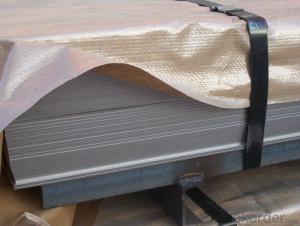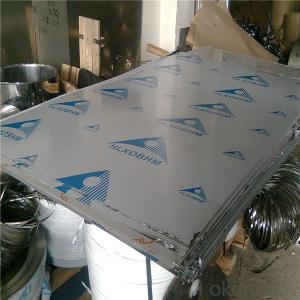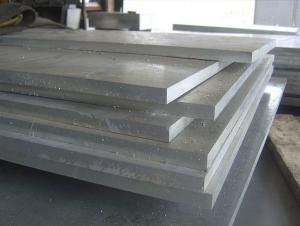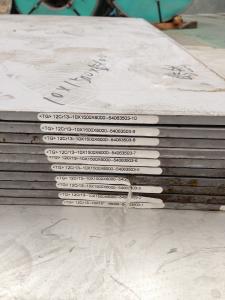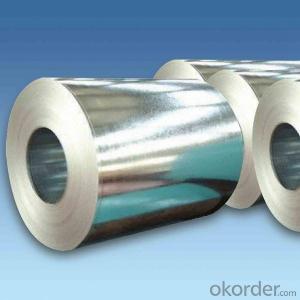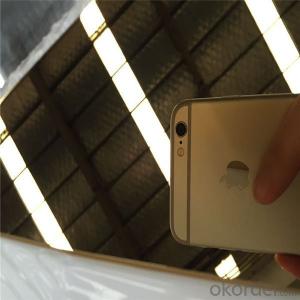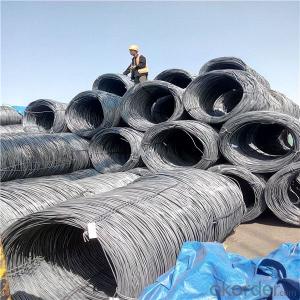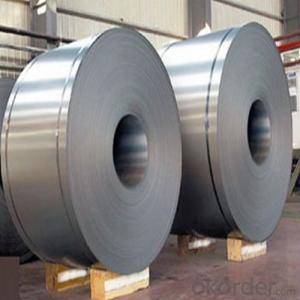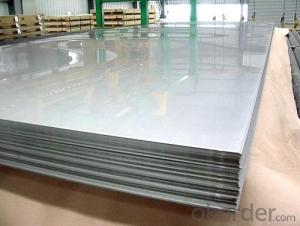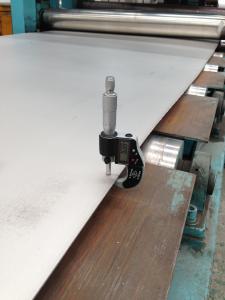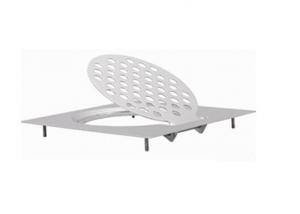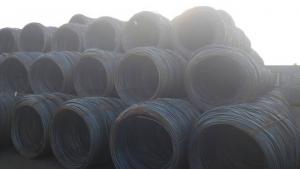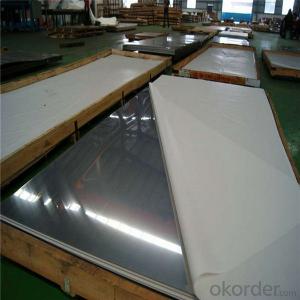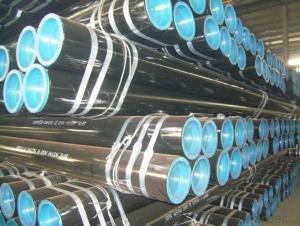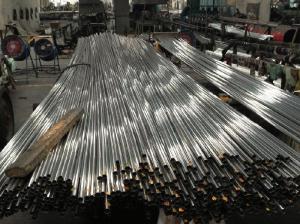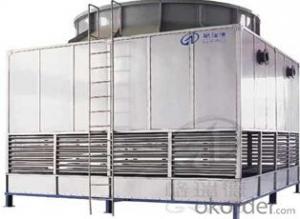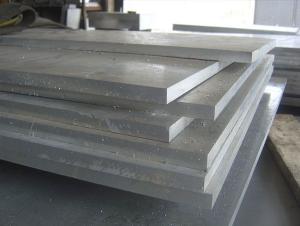Stainless Steel Grade Chart
Stainless Steel Grade Chart Related Searches
Stainless Steel Grades Chart Grades Of Stainless Steel Chart Stainless Steel Grade Grades Of Stainless Steel Best Stainless Steel Grades Stainless Steel Thickness Chart Types Of Stainless Steel Grades Marine Stainless Steel Grades Stainless Steel Price Chart Stainless Steel Ratings Stainless Steel Gauge Chart Stainless Steel Pipe Chart Stainless Steel Guage Chart Stainless Steel Strength Food Grade Stainless Steel Medical Grade Stainless Steel Marine Grade Stainless Steel Stainless Steel Quality Stainless Steel Structure Cold Rolled Steel Grades Density Of Stainless Steel Stainless Steel Conductivity 304 Stainless Steel Food Grade Stainless Steel Numbers Stainless Steel Density Best Stainless Steel Stainless Steel Prices Stainless Steel Yield Strength Hardness Of Stainless Steel Surgical Grade Stainless SteelStainless Steel Grade Chart Supplier & Manufacturer from China
Stainless Steel Grade Chart encompasses a comprehensive range of stainless steel products, each with unique properties and characteristics. These products are designed to cater to various industrial and commercial needs, ensuring that the right material is available for specific applications. The versatility of stainless steel grades allows them to be utilized in a wide array of industries, including construction, automotive, aerospace, and food processing, among others. Each grade offers distinct advantages, such as corrosion resistance, high strength, and durability, making them suitable for different usage scenarios.The Stainless Steel Grade Chart is an essential tool for engineers, architects, and designers to select the appropriate stainless steel grade for their projects. It helps them understand the properties and applications of each grade, ensuring that the chosen material meets the required specifications and performance standards. By consulting the chart, professionals can make informed decisions and optimize the use of stainless steel in their designs, leading to improved efficiency and cost-effectiveness.
Okorder.com is a leading wholesale supplier of Stainless Steel Grade Chart products, boasting a large inventory that caters to the diverse needs of customers worldwide. As a reputable supplier, Okorder.com is committed to providing high-quality stainless steel products at competitive prices, ensuring that customers receive the best value for their investments. With a comprehensive selection of stainless steel grades available, Okorder.com is the go-to destination for those seeking reliable and efficient solutions for their projects.
Hot Products
